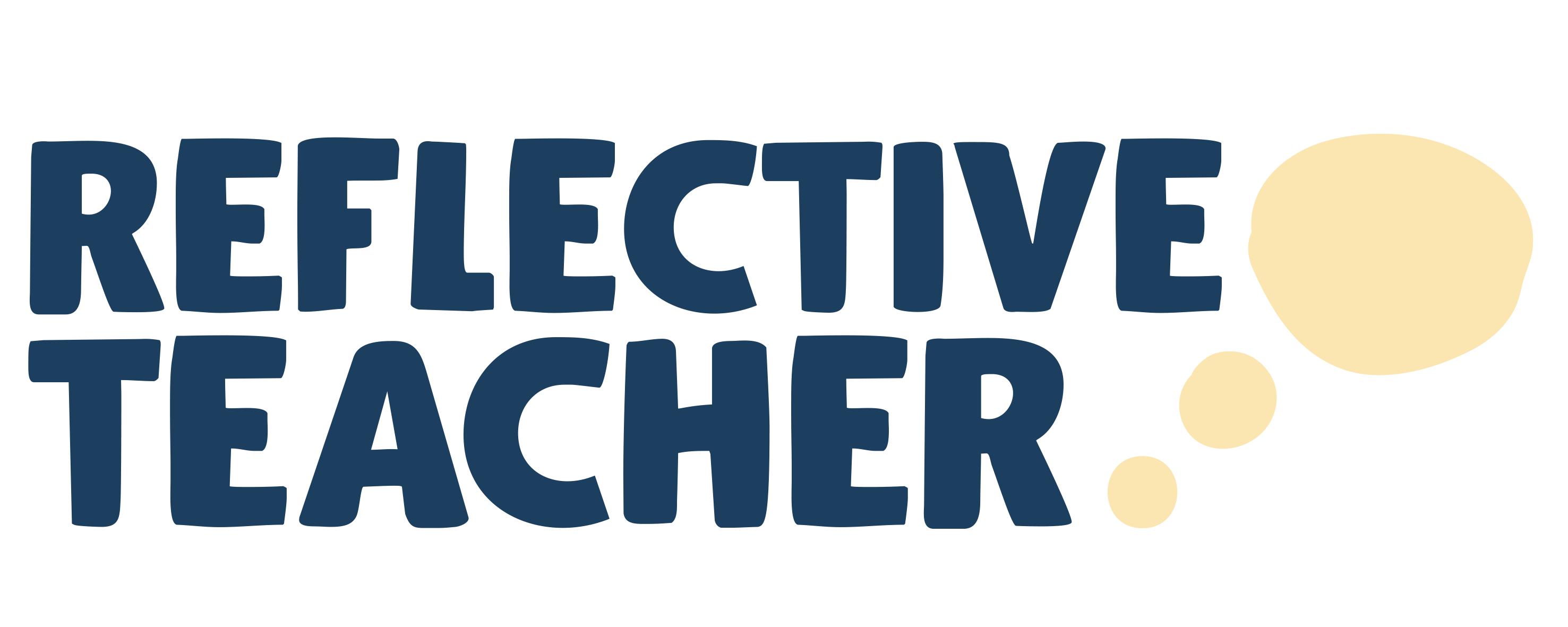Finding time to save time: How school leaders can help
According to the OECD, teachers in England put in longer days than any of their colleagues elsewhere in Europe. The Department for Education puts the figure at 49.5 hours a week on average (and this includes part-timers, so for full-time teachers, it’s likely to be even more).
The negative effects of this are clear: according to the NEU, 44 per cent of teachers intend to quit the profession by 2027 – and half of those plan to quit within the next two years.
Against this backdrop, it’s no wonder that teachers in senior leadership roles are trying to find the best ways to reduce such heavy workloads for their staff and themselves.
Recognising the need for change
As with most other professions, finding the best solutions can often mean turning to time-saving technology and the smart working processes that it enables. However, finding the time to select the right tool, install it, train the staff and ensure everyone is adopting it can be time-consuming in itself.
And when you’re running to stand still, it can often seem impossible to ‘find the time to save time’. In short, managers and leaders often know what they need to do, but carving out the hours – and the headspace – to actually do it can often feel like a step too far.
“Throughout my career, I’ve seen this problem in every kind of organisation,” says Andy Nellis from Beezapps, the creators of ReflectiveTeacher.
“And the smaller the organisation, the harder it can be as you don’t have the headcount to take people away from their day jobs to focus on a new project,” he adds, pointing out that schools, have in effect, the same challenges as small to medium size businesses.
“But working hard to maintain broken processes can have multiple negative side-effects, such as absenteeism, high staff churn rates and poor outcomes for the organisation as a whole. So a key element of leadership is about recognising that change is necessary and then creating the environment, time and space to make the change.”
Russ Atkinson, Principal at Duke’s Secondary School in Northumberland, agrees. “There’s a lot of truth in the old adage: if you carry on doing the things you’ve always done, you’ll get the outcomes you always got,” he says.
Carving out time
So how do you carve out that time? Andy recommends that the top leaders sponsoring a project, should appoint trusted people to lead that project – and then give them ongoing, visible support, as well as the time and space to get on with it.
This is exactly what Russ did, when he appointed the teaching and learning lead at Duke’s to head a project to adopt ReflectiveTeacher, which promotes reflective practice in schools by making it easy to record and share information around drop ins, developmental observations, coaching sessions and so on.
“The problem with all these things is the time it takes to type up the notes, feed back and sit down to have a meeting afterwards,” explains Russ. “But because ReflectiveTeacher helps to save a lot of that time, I was happy for her to dedicate some time to it initially, knowing that the whole school would get a lot more back in the long run.”
Keep it small – and don’t overthink it!
Russ advises keeping the number of people running a project as small as possible – in the case of ReflectiveTeacher it was just one person leading. Too many chiefs, he believes, can lead to procrastination.
“This must go on in any industry and any establishment around the world – hours and hours of discussion without getting anything done,” he says. “If you put too many people in charge of too many things, it nearly always becomes unproductive.”
He also advocates not overthinking a project before you start it – otherwise you can end up with more delay.
“Yes, good practice is to try to identify potential problems in advance,” he says. “However, there are always the unknown unknowns that you won’t discover until you get started. You’ll hit obstacles regardless, so you may as well crack on and try to find them early rather than spending too long in the planning stage.”
A responsibility to lead change
In fact, when Duke’s installed ReflectiveTeacher, it was up and running within a few days, while staff adoption was rapid.
And the net benefits have been huge, says Russ. “It allows us to input everything directly into the system, without having to type up notes, so we have everything in one place. That’s a huge time-saver, as you don’t have to go looking for bits of paper, or worry that you’re not using the latest version of a document. That’s the beauty of using technology like this.”
Andy points to businesses in other sectors that have adopted similar kinds of solutions – which are cloud-based – that have led to considerable time savings.
“I once worked with a consulting firm to install a cloud software system that cut admin time and helped everyone work more efficiently,” he recalls. “We estimated – conservatively – that it would soon save each of its 100 employees at least one hour per week. That’s 100 hours per week of time that the organisation could spend on more valuable activities. Imagine what your school could do if you achieved that for all your teachers!”
Russ urges other school leaders to make this kind of change as soon as they can. “If you’re in a situation where you have concerns about the wellbeing of your staff – and I’d be amazed if there’s a school leader who doesn’t have that at the moment – you have a responsibility to give them the tools to make their working lives easier. Then you get people’s energy, commitment and a desire to improve, as they know you’ve invested in them.”
Reducing teacher workloads with Reflective Teacher
To find out more about how ReflectiveTeacher can help improve the working lives of the teachers in your school, contact us now.



Comments are closed